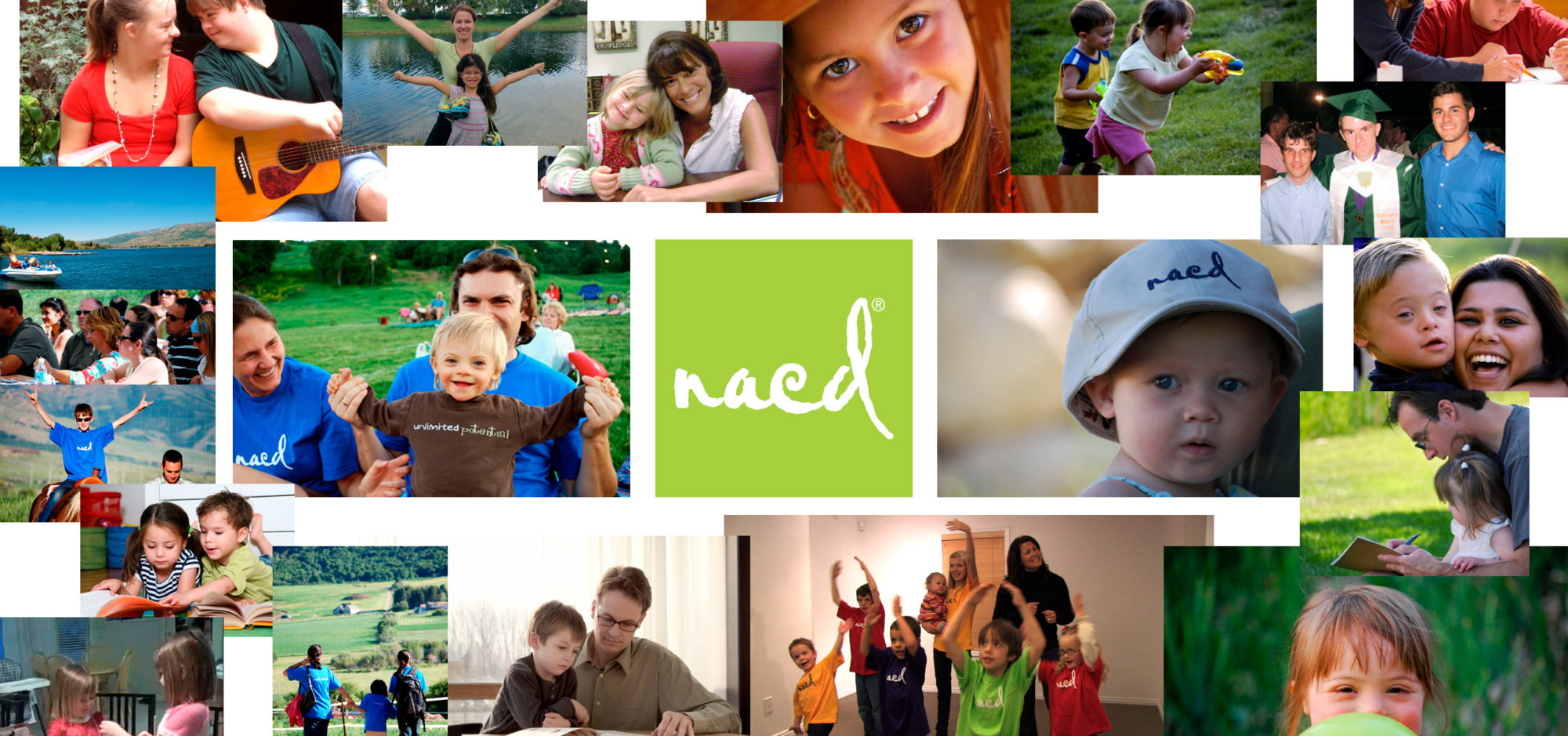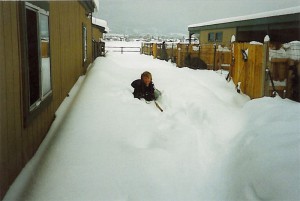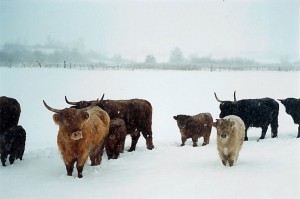 I have spent this week in Barcelona, lecturing on developing cognitive function in children with Down syndrome, seeing some great families, and getting to know this new Barcelona. I traveled here and actually lived here for almost a year back in the seventies. It is incredible how much has changed in forty years. The city has grown tremendously, added a lot of new modern buildings, dramatically resurrected their port area, and really changed the complexion of the city. Since hosting the Olympics in 1992, the city has become much more diverse in its population and has become a favorite of tourists.
I have spent this week in Barcelona, lecturing on developing cognitive function in children with Down syndrome, seeing some great families, and getting to know this new Barcelona. I traveled here and actually lived here for almost a year back in the seventies. It is incredible how much has changed in forty years. The city has grown tremendously, added a lot of new modern buildings, dramatically resurrected their port area, and really changed the complexion of the city. Since hosting the Olympics in 1992, the city has become much more diverse in its population and has become a favorite of tourists.
Part of the dramatic change in Barcelona that I was delighted to see is a change in the perception of special needs children. They have come a long, long way from where they were when I was working with children here in the ‘70s. It’s hard to believe when looking at the progressive open mindedness of the educators, therapists, and physicians today that forty years ago special needs children were often referred to by the professionals as “los animales” — the animals. In the ‘70s I left in frustration; but now I’m looking forward to working with both the families and professionals here again.
Today I had a rare day–I actually took the day off before heading to London tomorrow morning and at the insistence of my son, Laird, and his fiancée, Sadie, we went to visit what is truly one of the architectural wonders of the world, the Sagrada Família. The Sagrada Família is a church which began being built in 1882 and was taken over in 1883 by the architect Antoni Gaudí. Gaudí created a design and concept that has led to an ongoing project that will probably not be completed until the first third of the 21st century. Gaudí was inspired by nature and used his understanding and appreciation of nature to guide his work in this incredible, virtually organic building.
We walked around and through this church and looked at literally thousands of amazing design and structural details and more thousands of ornamental details, many of which depicted animals, plants, and people. As you look at it, particularly from the interior, you almost expect it to take a deep breath and come to life. Tending to never get more than a few heartbeats away from my passion, kids, I was compelled to make an association between this incredible building and a child. It is very easy to get lost in all of the amazing pieces of this building, from the great turtles supporting some of the exterior pillars, to the vines and leaves and creatures you discover everywhere, to the magnificent pillars supporting the structure of the church that resemble trees and branches. But if you get lost in the pieces, you miss the amazing aggregate of this totally unique building. I couldn’t help but think about how easy it is to also get lost in a child’s pieces, to see how parents, but more often teachers, therapists, and physicians, can become so focused on some of those pieces and often not see the magnificent totality of the individual. All of us, parents and professionals alike, must always look at the whole child first, the truly unique child, and not get lost in their pieces. Yes, we need to address problems and examine issues; but first see the child. If we don’t, we will never properly address their problems, and we will never help that child to become who they are. We cannot look at a child as a collection of pieces and do them justice. We need to work with them from the top down. See them as the people they are, and from that foundation then address their pieces. And, just like the Sagrada Família, our children are all a work in progress. Somewhere along the way the professionals in Spain started actually looking at all of the children and seeing a child.

 Yep, it’s true. Those are emus; they are in the Utah mountain snow, not in the Australian outback; and that little guy is my son, Laird, who was about five at the time. He was shoveling paths to the bird pens so we could get them food and water and hopefully gather their eggs before they froze. We really liked collecting those big green eggs, which we incubated and hopefully hatched into chicks. Back then those chicks were worth about $5,000 each. (I bet you thought I was crazy. As they say, “like a fox.”) In one of the chapters in my life I was a child developmentalist/rancher and raised emus and other exotic critters in the mountains of Utah. It was great fun, a family learning experience, adventure, a particularly great opportunity for my younger son Laird and fortunately generally financially rewarding, helping to support my work with kids. Laird learned about chores early and loved not only being a “helper,” but learning to assume responsibility and not to fear big tasks–Herculean tasks.
Yep, it’s true. Those are emus; they are in the Utah mountain snow, not in the Australian outback; and that little guy is my son, Laird, who was about five at the time. He was shoveling paths to the bird pens so we could get them food and water and hopefully gather their eggs before they froze. We really liked collecting those big green eggs, which we incubated and hopefully hatched into chicks. Back then those chicks were worth about $5,000 each. (I bet you thought I was crazy. As they say, “like a fox.”) In one of the chapters in my life I was a child developmentalist/rancher and raised emus and other exotic critters in the mountains of Utah. It was great fun, a family learning experience, adventure, a particularly great opportunity for my younger son Laird and fortunately generally financially rewarding, helping to support my work with kids. Laird learned about chores early and loved not only being a “helper,” but learning to assume responsibility and not to fear big tasks–Herculean tasks. One of my favorite memories involves the building of our home and developing our ranch. Shortly after we moved into our new home, two landscapers were coming up to put in a sprinkler system around the house. They would arrive early, like 6:30 a.m., to begin work. When they arrived Laird would be waiting for them with his little wheelbarrow and shovel, ready for work; and work he did. I have no doubt that those guys worked harder and faster than ever because they had this little kid pushing right beside them, never wanting a break. When the system was almost complete, the last guy on the job was putting the final pieces together in the in-ground control box. Three-year-old Laird couldn’t help with that task, so he on his own accord went and found his little folding chair, one of his reading books (“Bibs”), set the chair up next to where the guy was working, sat there, and read the entire book to him. If he couldn’t help, he could entertain.
One of my favorite memories involves the building of our home and developing our ranch. Shortly after we moved into our new home, two landscapers were coming up to put in a sprinkler system around the house. They would arrive early, like 6:30 a.m., to begin work. When they arrived Laird would be waiting for them with his little wheelbarrow and shovel, ready for work; and work he did. I have no doubt that those guys worked harder and faster than ever because they had this little kid pushing right beside them, never wanting a break. When the system was almost complete, the last guy on the job was putting the final pieces together in the in-ground control box. Three-year-old Laird couldn’t help with that task, so he on his own accord went and found his little folding chair, one of his reading books (“Bibs”), set the chair up next to where the guy was working, sat there, and read the entire book to him. If he couldn’t help, he could entertain. Laird happily requested more and more jobs on the ranch. The young emus needed to be exercised to strengthen their legs, so Laird would run up and down the chick pens with these three-four foot tall chicks/creatures often towering over him. (If you haven’t seen an emu up close, they have big, clawed feet and look more like velociraptors than birds.) When he was a bit older he would be out before daylight in below zero weather, dragging forty-pound bails of hay out to our Scottish Highland cattle. He did these chores willingly, always looked for more, and was justifiably proud of himself and his achievements. Teaching our children to take care of themselves is huge. Raising children to be adults requires more than teaching them the “three Rs;” we need to teach them to be “highly capable.” I know of families whose children don’t know how to do their laundry, buy or prepare food, or clean their living space; who don’t understand the value of money nor how to be responsible; and yet they are sending them off to expensive colleges. Their odds of success are not great.
Laird happily requested more and more jobs on the ranch. The young emus needed to be exercised to strengthen their legs, so Laird would run up and down the chick pens with these three-four foot tall chicks/creatures often towering over him. (If you haven’t seen an emu up close, they have big, clawed feet and look more like velociraptors than birds.) When he was a bit older he would be out before daylight in below zero weather, dragging forty-pound bails of hay out to our Scottish Highland cattle. He did these chores willingly, always looked for more, and was justifiably proud of himself and his achievements. Teaching our children to take care of themselves is huge. Raising children to be adults requires more than teaching them the “three Rs;” we need to teach them to be “highly capable.” I know of families whose children don’t know how to do their laundry, buy or prepare food, or clean their living space; who don’t understand the value of money nor how to be responsible; and yet they are sending them off to expensive colleges. Their odds of success are not great.